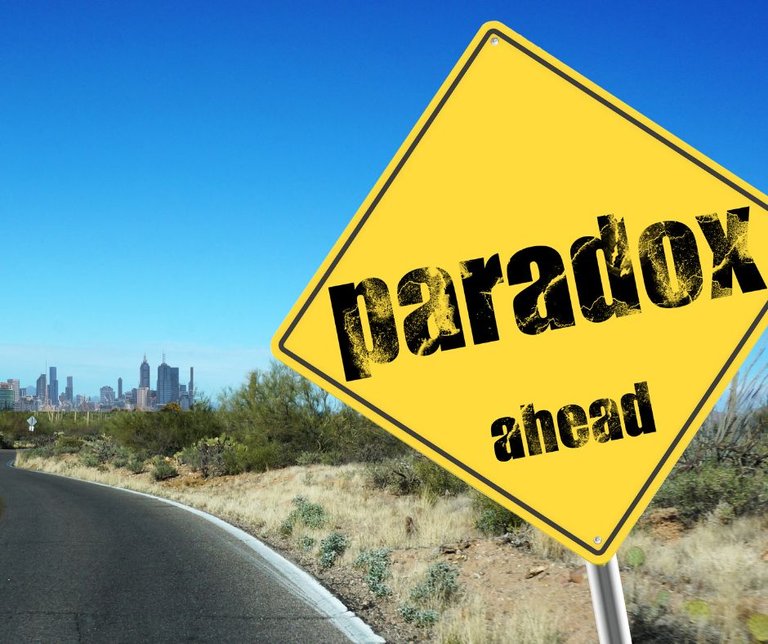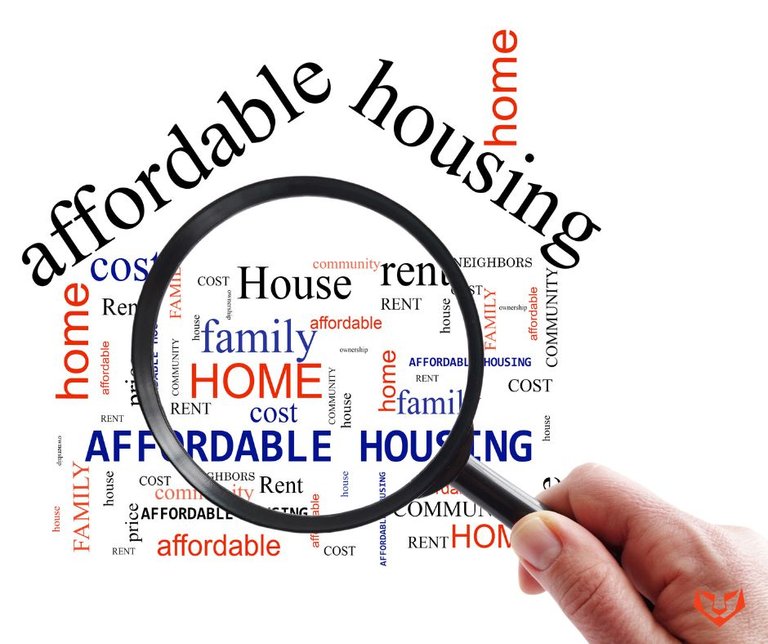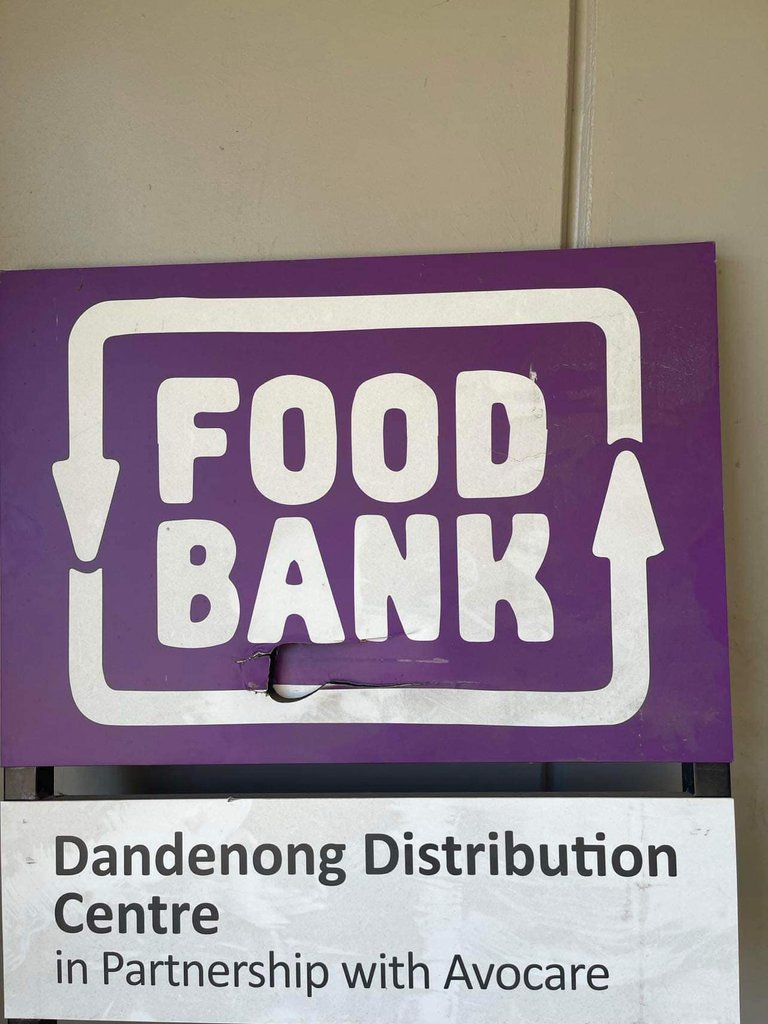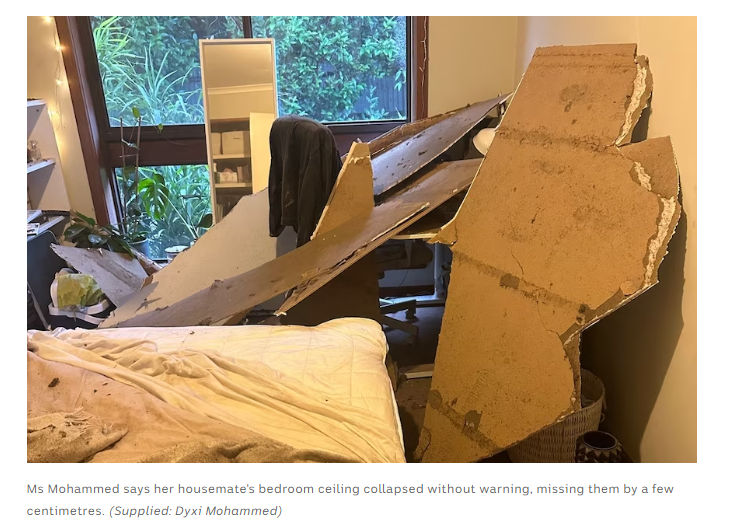The Melbourne Paradox: The Most Liveable City In Distress

The Melbourne Paradox: The Most Liveable City In Distress
The great Australian Paradox, We’re often paraded as a great place to live, work and play but things are a lot more dire when it comes to housing and cost of living in the lucky country. In fact a lot of the pricing out is from international investment firms that seek out Australian land and property because it is a sound investment for them. this comes at a cost for the everyday Australian though.
Melbourne, Australia consistently ranks among the world's most liveable cities. The city boasts a vibrant cultural scene, robust public services and an enviable quality of life. Yet, beneath this glossy exterior an alarming crisis is unfolding. Despite its high liability rankings, Melbourne is grappling with severe housing and food insecurity, with a significant portion of its population in distress. Approximately 10% of Melbourne's residents are currently seeking food support and over a million people are living in housing stress.

An Unfolding Catastrophe: Melbourne's Housing Crisis
Melbourne's housing crisis has reached unprecedented levels. According to Digital Finance Analytics, more than one million homeowners and tenants in Victoria are living in financial stress. This situation is most acute among the city's mortgage holders and renters with over 505,000 households spending more than they earn monthly due to exorbitant mortgage repayments. Areas such as Roxburgh Park, Craigieburn, and Mickleham are particularly hard hit with thousands of households struggling to meet their home loan obligations.
The rental market is equally distressing. Nearly 552,771 tenant residences or 74% of the state's rental households are experiencing financial stress. Central Melbourne and Tarneit are the epicentres of this crisis, with tens of thousands of leaseholders unable to keep up with their financial commitments. The skyrocketing cost of living and repeated interest rate hikes have exacerbated these issues, leaving families to cut back on essential spending and delay important purchases.
Escalating Food Insecurity
Simultaneously, food insecurity is becoming a critical issue with 65,000 people a day seeking food relief and growing. The rising cost of living has forced many families to seek food support from services like Foodbank Victoria. Reports indicate that approximately 10% of Melbourne's population now relies on foodshare services, a stark indicator of the widespread financial distress. This crisis is not just about access to food but also about the quality and nutritional value of the food that families can afford. With discretionary spending tightening, many families are forced to make tough choices between paying bills and buying groceries.
The economic implications of Melbourne's housing and food crises are profound. The Urban Development Institute of Australia has warned that the state's competitiveness and prosperity are at risk due to surging house prices and a supply constrained housing market. Melbourne's average property prices have soared by 45% over the past five years, far outpacing the 18% increase in average wages. This growing disparity has locked many moderate income earners out of the housing market and intensified the rental market competition, further driving up rents .
Additionally, the rental market has become a battlefield reminiscent of "The Hunger Games," where prospective tenants line up in droves to vie for a limited number of properties. This fierce competition has led to deteriorating living conditions, with tenants often powerless to demand necessary repairs or rent reductions. For instance, Dyxi Mohammed and her housemates have been living with a collapsed ceiling for months, illustrating the severe power imbalance between renters and landlords.

Policy Response Needed
Addressing these crises requires urgent and comprehensive policy interventions. The state government has unveiled plans to build more than 70,000 homes by 2050, focusing on areas around new Suburban Rail Loop stations. This initiative aims to alleviate housing shortages and provide affordable housing options closer to transport and job hubs. However, the effectiveness of these measures will depend on their timely implementation and the ability to cut through bureaucratic red tape.
Experts like Ray White's chief economist, Nerida Conisbee, argue that while reducing migration might seem like a quick fix to ease housing demand, it overlooks the need for a workforce to build the required homes. Thus, a balanced approach is essential—one that manages population growth while accelerating housing development and providing immediate relief to those in distress.
Melbourne's dual identity as a globally celebrated liveable city and a place of significant hardship for many of its residents highlights a troubling paradox. The city's housing and food crises underscore the urgent need for systemic changes to address these inequalities. While Melbourne continues to attract people with its promise of a high quality of life, policymakers must act decisively to ensure that this promise is accessible to all, not just a privileged few. Addressing these deep seated issues will be crucial for maintaining Melbourne's reputation and ensuring the well-being of its residents.
Image sources provided supplemented by Canva Pro Subscription. This is not financial advice and readers are advised to undertake their own research or seek professional financial advice
Posted Using InLeo Alpha


To be honest dear friend, the struggles of everyday Australians show the urgent need for policy changes to ensure a fair and accessible quality of life for all. This is really a sad thing.. I hope things get better